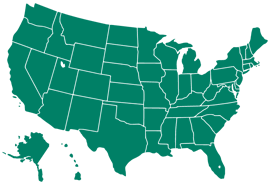Demand response (DR) programs have become a key part of utilities’ business strategies over the last decade. Shifting load to off-peak hours in order to better manage increasing demand for electricity, DR has proven to be an important resource, evolving from being used in emergency programs infrequently to a critical resource in existing capacity markets, as well as a critical element of the smart grid. In fact, load curtailment from DR programs in residential, commercial, and industrial situations will nearly triple over the next seven years, from 57.8 GW to 140.5 GW in 2020, according to Navigant Research.
“Today, nearly three-quarters of demand response activity takes place in the United States,” said Brett Feldman, senior research analyst with Navigant Research. “With a few exceptions, utilities in Europe and Asia Pacific have only recently become interested in using DR to balance the supply and demand of electric power. Many utilities in these regions are expected to ramp up their adoption of DR in the years ahead.”
One of the most important technological developments in the DR market during the last 10 years has been the automation of DR processes. Automated DR (ADR) typically involves minimal or no manual intervention and has substantially improved the efficiency, cost effectiveness, reliability, and speed of peak reduction and grid balancing. More than 37,400 sites across the world were enabled for ADR in 2013, and ADR-enabled sites are expected to reach more than 151,000 sites by 2020, Navigant predicts.
For more, see this report.

